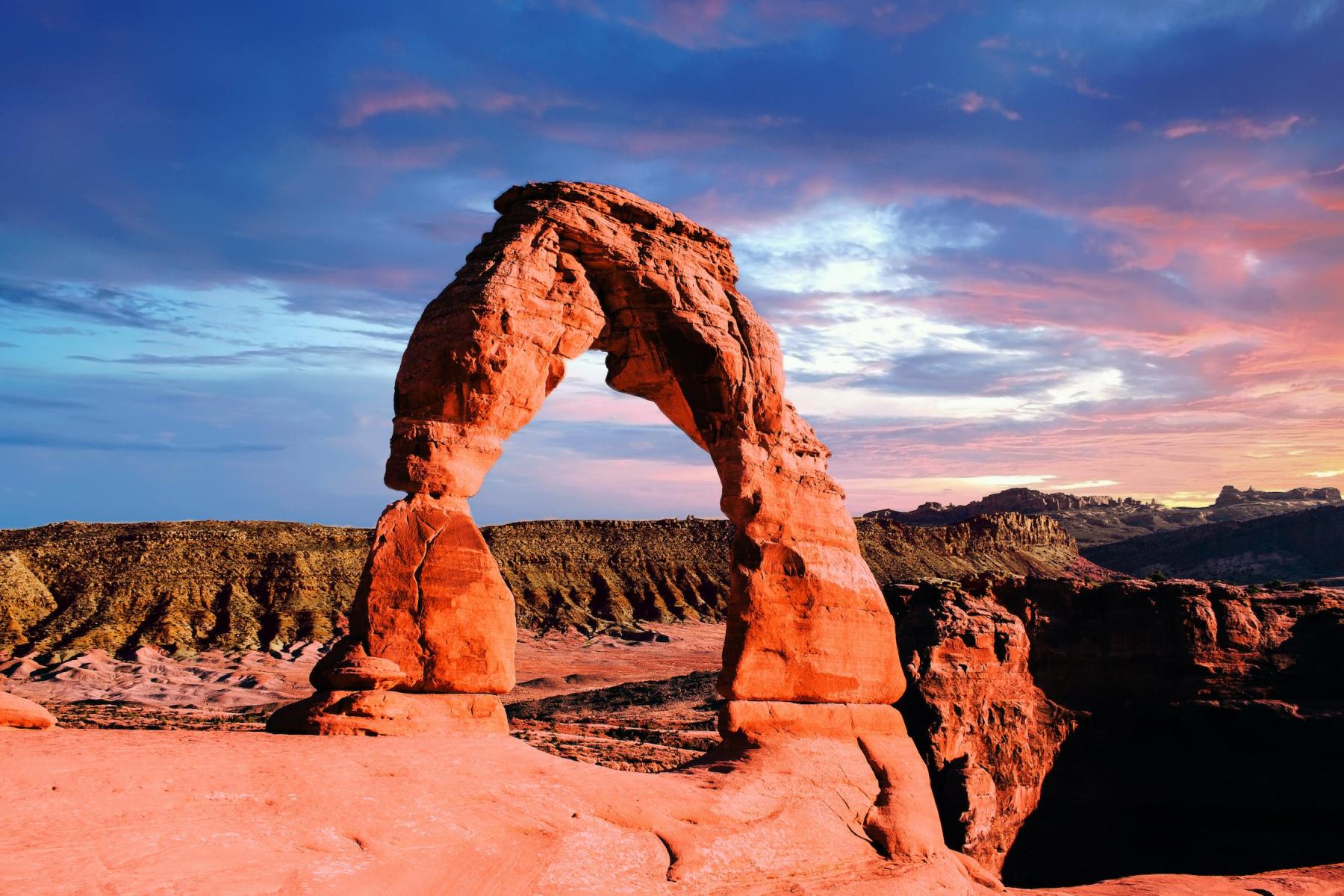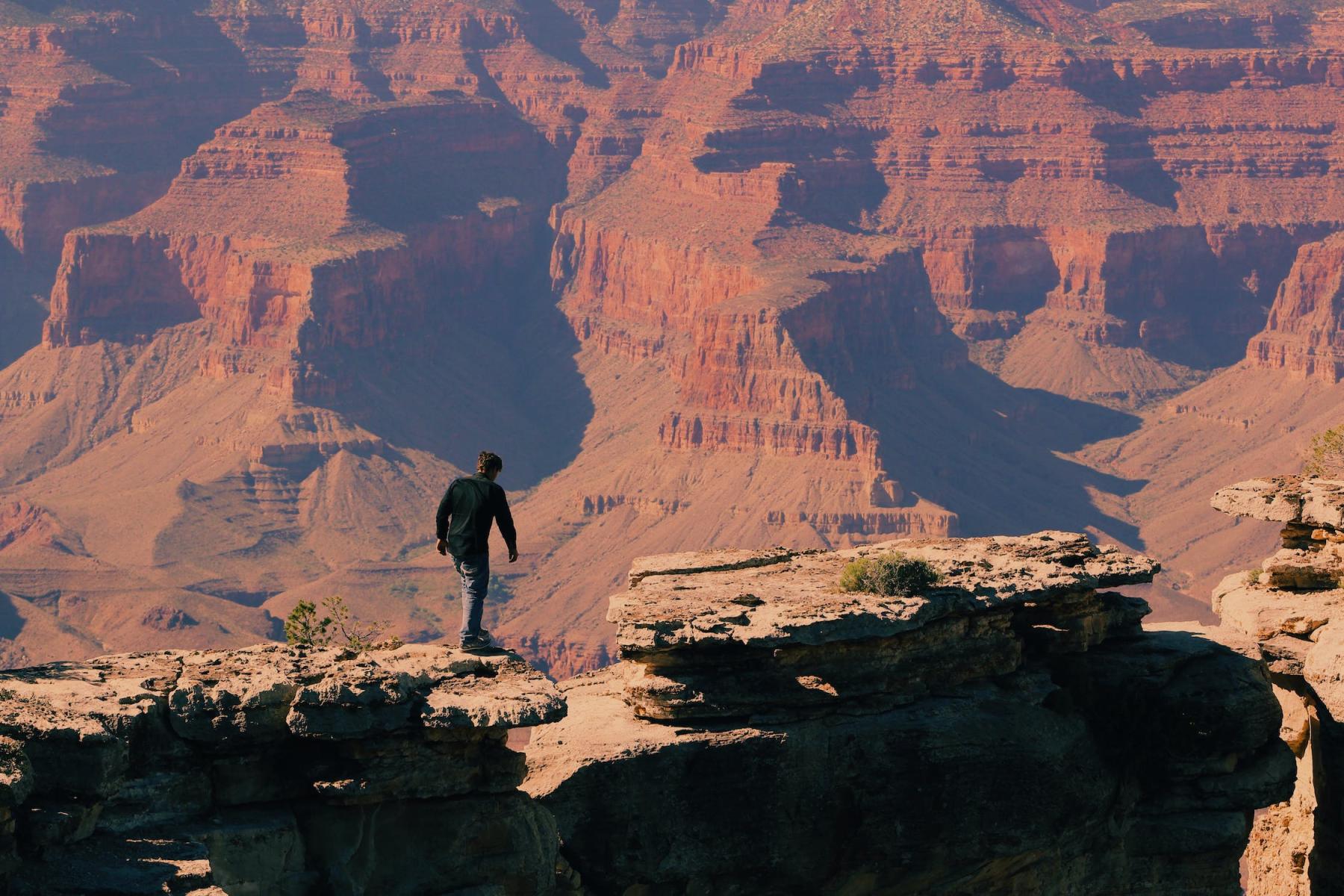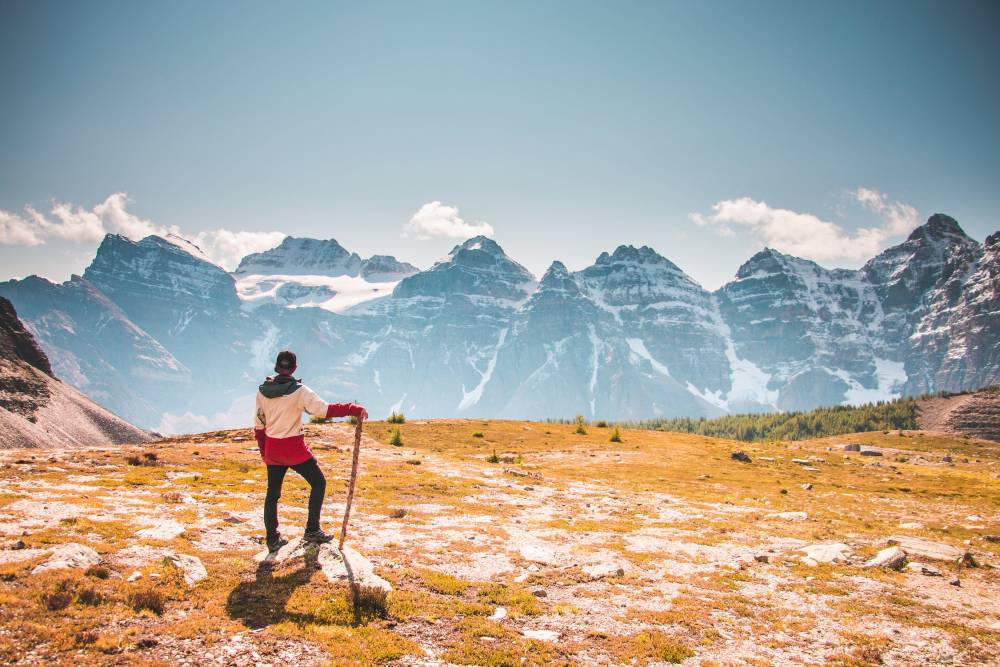The Grand Canyon, a geological wonder carved by the mighty Colorado River, stands as one of the most awe-inspiring natural landscapes on Earth. Spanning over 270 miles in length and plunging to depths of over a mile, this iconic landmark offers an array of hiking opportunities that promise unforgettable adventures. Here's your guide to exploring the Grand Canyon on foot, from rim to river.
The Trails: Choosing Your Adventure
1. Bright Angel Trail
Widely regarded as one of the premier hiking trails in the canyon, the Bright Angel Trail offers stunning views and a well-maintained path. The trailhead is located on the South Rim, and it descends to the Colorado River. Popular rest points include Indian Garden and Plateau Point.
2. South Kaibab Trail
For those seeking a more direct route to the bottom, the South Kaibab Trail is a fantastic choice. This trail provides breathtaking panoramic views, especially at Ooh-Aah Point and Cedar Ridge. Keep in mind that it's steep, so be prepared for a challenging descent.
3. North Kaibab Trail
Starting from the North Rim, the North Kaibab Trail is the only maintained trail that descends all the way to the Colorado River. Along the way, hikers are treated to a diverse range of scenery, from lush forests to desert landscapes.
4. Rim-to-Rim Hike
For the ultimate Grand Canyon adventure, consider a rim-to-rim hike. This ambitious journey involves hiking from one rim to the other, typically starting from the North Rim and ending on the South Rim (or vice versa). It's a challenging but immensely rewarding experience.

Practical Considerations
1. Permits and Reservations
Backcountry permits are required for all overnight stays in the Grand Canyon. These permits are in high demand, so it's crucial to plan and apply well in advance. Day hikes do not require permits.
2. Water and Hydration
Water sources in the canyon are limited, especially during the warmer months. It's essential to carry enough water, and consider a water purification method for refilling along the trail.
3. Weather and Seasonality
The canyon experiences extreme temperature variations. Summers can be scorching, while winters bring cold temperatures and occasional snow. Spring and fall are popular times for hiking due to milder weather.

4. Equipment and Gear
Sturdy hiking boots, a comfortable backpack, layered clothing, a hat, and sunscreen are all essential. Trekking poles can also be helpful, especially on steep descents.
Safety Tips
-
Know Your Limits: Hiking in the Grand Canyon is physically demanding. Be honest about your fitness level and choose a trail that matches your abilities.
-
Plan for Emergencies: Carry a basic first-aid kit, a map, and be aware of the location of emergency phones along the trails.
-
Leave No Trace: Follow the principles of Leave No Trace to minimize your impact on this fragile ecosystem.
Final Thoughts
Hiking in the Grand Canyon is an experience that immerses you in the raw, unbridled beauty of the natural world. Whether you're a seasoned backpacker or a casual day hiker, the trails of the Grand Canyon offer something for everyone. So, lace up your boots, pack your essentials, and get ready to embark on a journey that will leave you with memories to last a lifetime. Explore this geological masterpiece, and let the Grand Canyon's grandeur leave you breathless in every sense of the word.


0 Comments